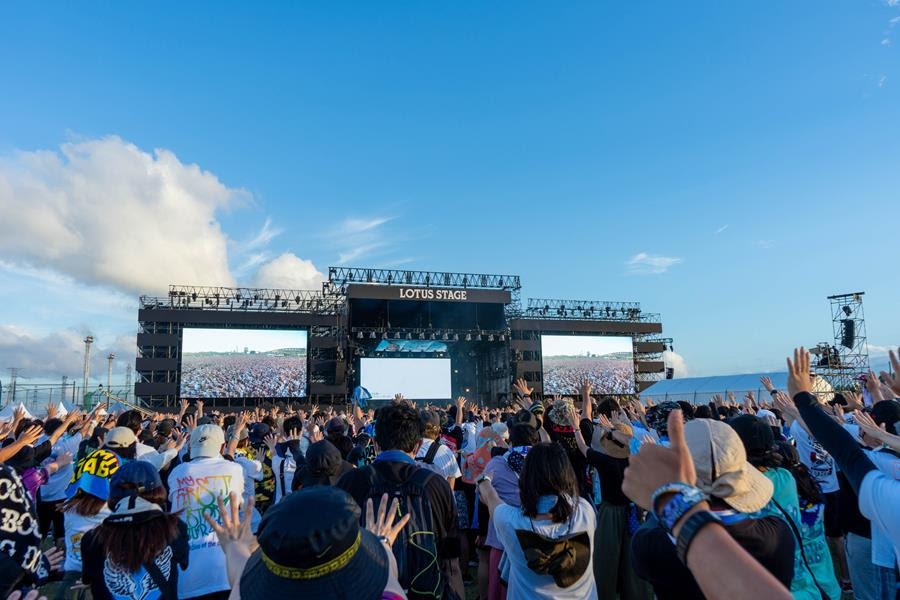Rock in Japan, the country’s largest music festival, returned this year from a pandemic haitus reborn as a five-day urban-style event at a new location at the Soga Sports Park in the coastal resort of Chiba with two main stages both equipped by sound production company MSI Japan with sound reinforcement systems headed by Martin Audio MLA joined by supporting components.
The change of location had been a major concern for those managing and promoting the shows because Soga Sports Park is located near residences and in a densely populated shopping area, which are hardly ideal for holding a loud rock show. Additionally, it was the first time that a festival had taken place here.
“We had to adopt a completely different the approach,” states Shuzo Fujii, president of MSI Japan. “Up until now, we have always focused on how far we could throw our MLA loudspeaker array, but this time we had to think in an opposite direction.”
With Tomoya Shitakubo, who also acted as system tech, in charge of the design, they devised an approach which had not been adopted previously — importing a number of delay towers and developing a distributed sound system. MSI acknowledge that in the history of Japanese festivals, a distributed approach had not been attempted, and so it served as a “voyage of discovery” for both for the promoters and MSI crews.
“The promoter is our client, and he has specified MLA for the past 10 years,” says Shuzo Fujii, who also acted as chief engineer for the event. “Everybody had faith that MLA would be able to overcome this difficult problem.”
The two main stages were both equipped with eight MLA per side for mains, reinforced by 18 MLX subwoofers in cardioid pattern. The subs were set in two 3 x 3 cabinet stacks on both sides of the stage, with the middle one in each reversed. In addition, seven MLA arrays comprising seven elements were set in four locations as the delay towers (with eight delay towers in total).
Generally, delay towers are set symmetrically to provide coverage for both sides. However, these were positioned only for coverage on one wing in order to reduce the spill to the neighboring residential area. The result was amazing. There was no difference in sound level, starting at the FOH mix position and sufficient power was distributed across the entire venue, meeting the required SPL and quality of sound.
“The result was a major success, not only because of the unique distribution design but also because of the controllability of MLA system. Once again, I was able to appreciate the wonderful capability of this loudspeaker,” Shuzo concludes.




















